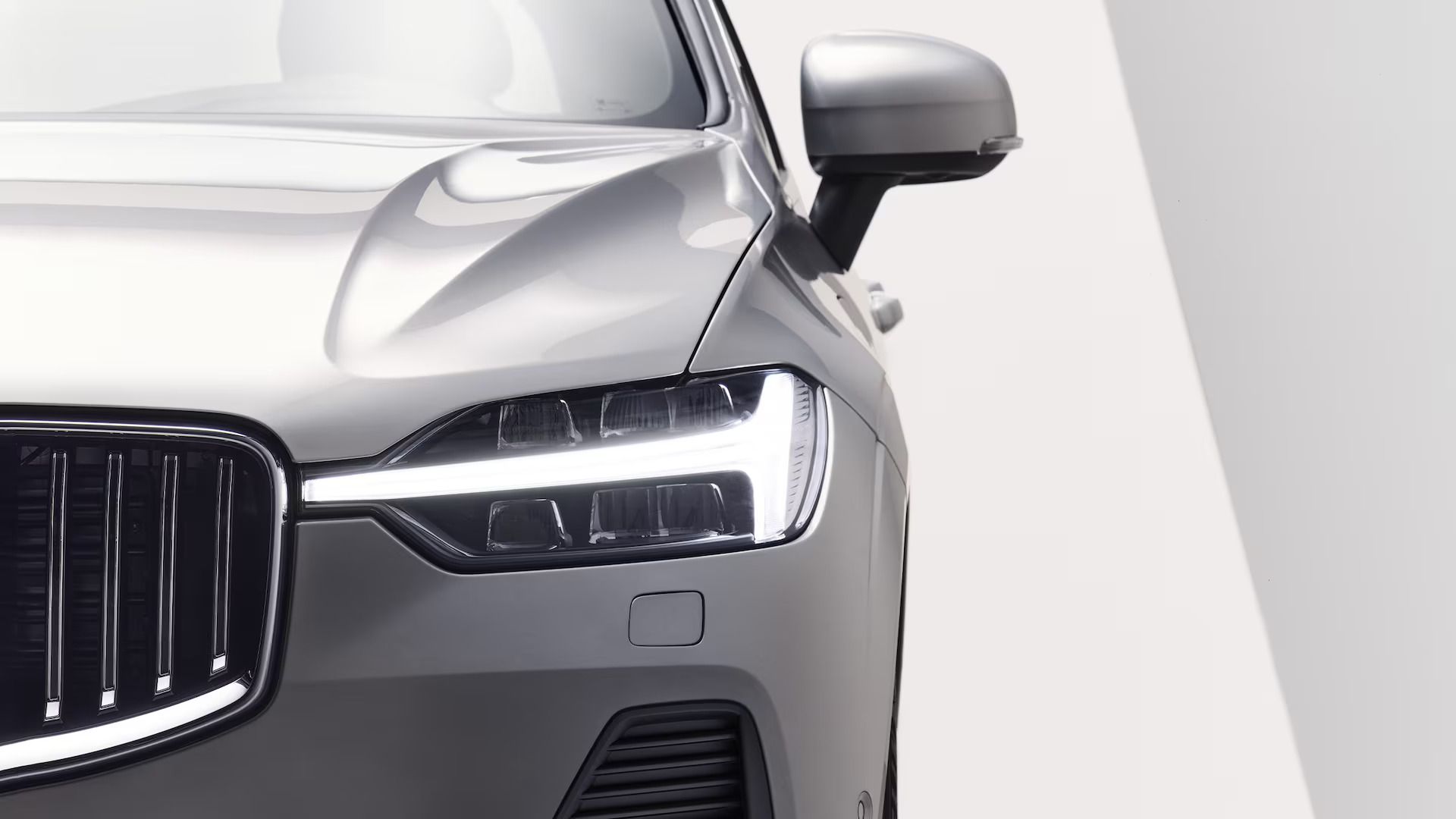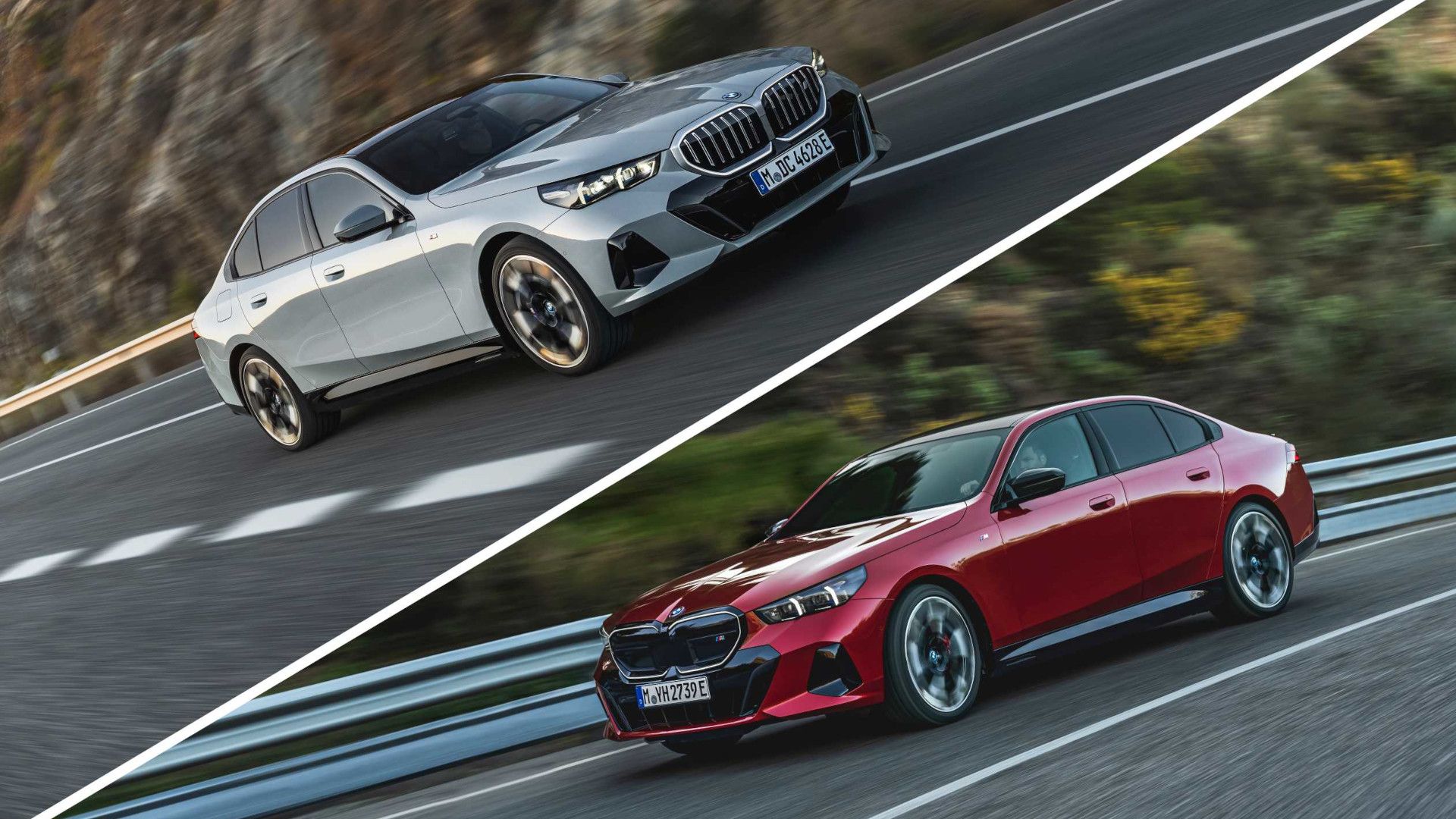Key Takeaways
- Volvo to introduce a megacasting production method for EVs in 2026 under SPA3 platform.
- Reduced manufacturing costs, CO2 emissions, and development times touted.
- Easily modifiable platform and production techniques enable ease of flexibility.
A Volvo EX60 electric crossover is expected to arrive in 2026, and along with other next-gen EVs from Volvo will introduce a megacasting production method similar to the gigacasting style of manufacturing popularized and pioneered by Tesla. It’s understood that this will coincide with the introduction of the third-generation Scalable Product Architecture (SPA3) platform, although the Swedish automaker did not provide any technical details.
2024 Volvo XC60 Recharge
- Base MSRP
-
$57,900
- Engine
-
2.0L Turbo Inline-4 Plug-in Hybrid
- Horsepower
-
455 hp
- Torque
-
523 lb-ft
- Fuel Economy
-
28 MPG
- 0-60 MPH
-
4.5 seconds
- Transmission
-
8-Speed Automatic
- Drivetrain
-
All-Wheel Drive
- Towing Capacity
-
3,500 lbs
- Curb Weight
-
4,677 lbs
What we do know is that the rear floor section of next-generation SPA3-based EVs will be produced in a single piece using the innovative casting method, replacing around 100 parts that would otherwise have been used in this area, reducing welded joints by 84% and weight by around 50%, reports Autocar.
“What I can say is that by 2030, we have committed to being fully electric, and by then, we need to redo our whole product portfolio for all our customers. And that requires a lot of new cars between now and 2030.”
– Erik Severinson, Volvo Head of new Car Programs & Operations Strategy.
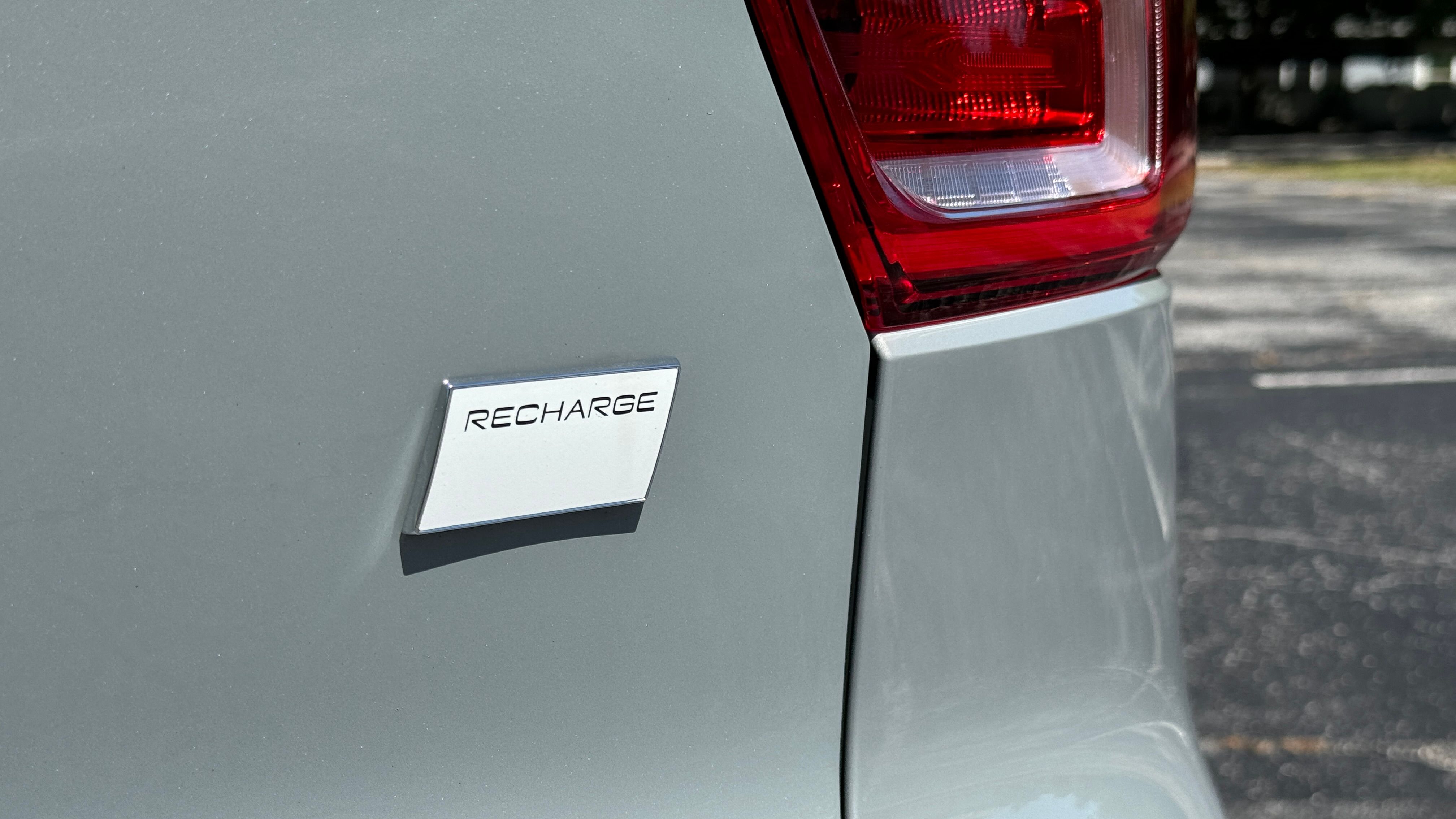 Reducing Costs Is Critical
Reducing Costs Is Critical
With demand for EVs reaching something of a plateau of late, the need to keep EV manufacturing costs down is becoming all the more critical. Volvo cannot afford to slip up when competition (particularly from Chinese brands) is getting ever tighter. Mercedes-Benz, General Motors, Ford, and several other prominent legacy automakers have scaled back on EVs to focus on hybrids because of this reduced interest in all-electric options. Therefore, if Volvo wants to be profitable in the electric space, it must find new levels of efficiency, and megacasting cuts CO2 emissions significantly.

Add CarBuzz to your Google News feed.
That product also needs to suit the needs of buyers in other ways, which is why an electric version of the XC60 would be a great niche-filler, slotting in below the EX90 SUV and above the EX30 crossover. Moreover, megacasting will allow Volvo to update the platform for future model variants with far less effort, giving the architecture “an unlimited lifespan” and allowing the company to develop all-new cars much more quickly. Ultimately, the production process will be expanded to other areas of the platform for even more efficiency.
“It is possible to repair a mega-cast part to some extent, but if it’s a really severe crash, then it will be scrapped. But that’s the same for a traditional car, and probably about as likely as the main body of a current car being written off.”
– Mikael Fermér, Volvo vehicle platform lead architect.
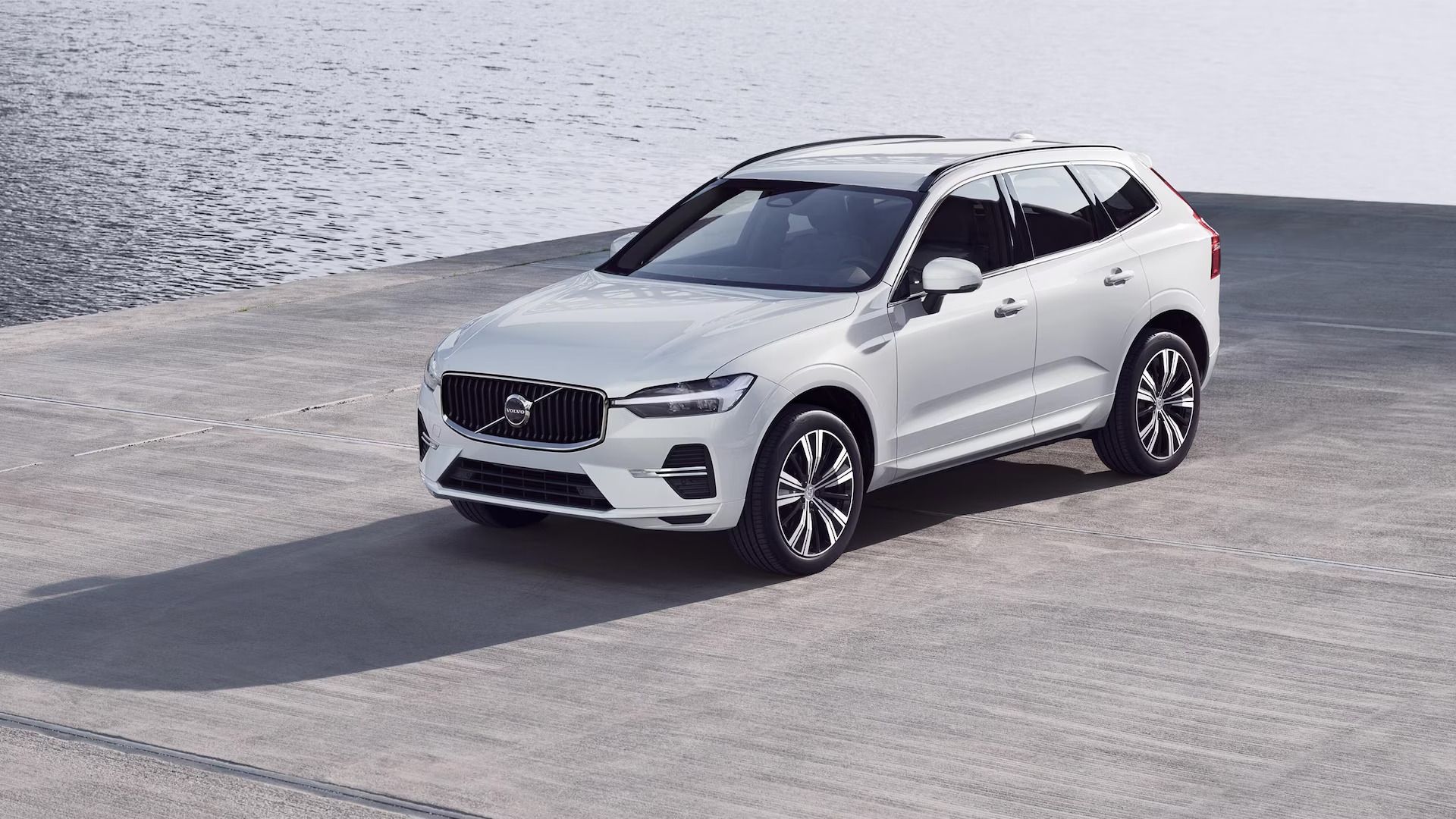 Faster Production
Faster Production
For now, the mega-cast piece ends just behind the wheelhouse, which should allow for relatively simple repairs if a crash to the rear of the car is not too severe. Volvo’s enormous casting machine installed at its Torslanda plant can construct a single rear tray in two minutes flat and can run two in parallel, enabling the production of around 60 cars every hour. Initially, the machine will use new aluminum to ensure quality, but recycled metal may be used in the future.
Toyota has also recognized the value of the production method in quickening development and manufacturing times, lowering emissions and costs, and increasing overall operational efficiency. But Tesla, which spearheaded the one-piece casting movement, is reportedly freezing development of its next-generation gigacasting method to reduce short-term costs.
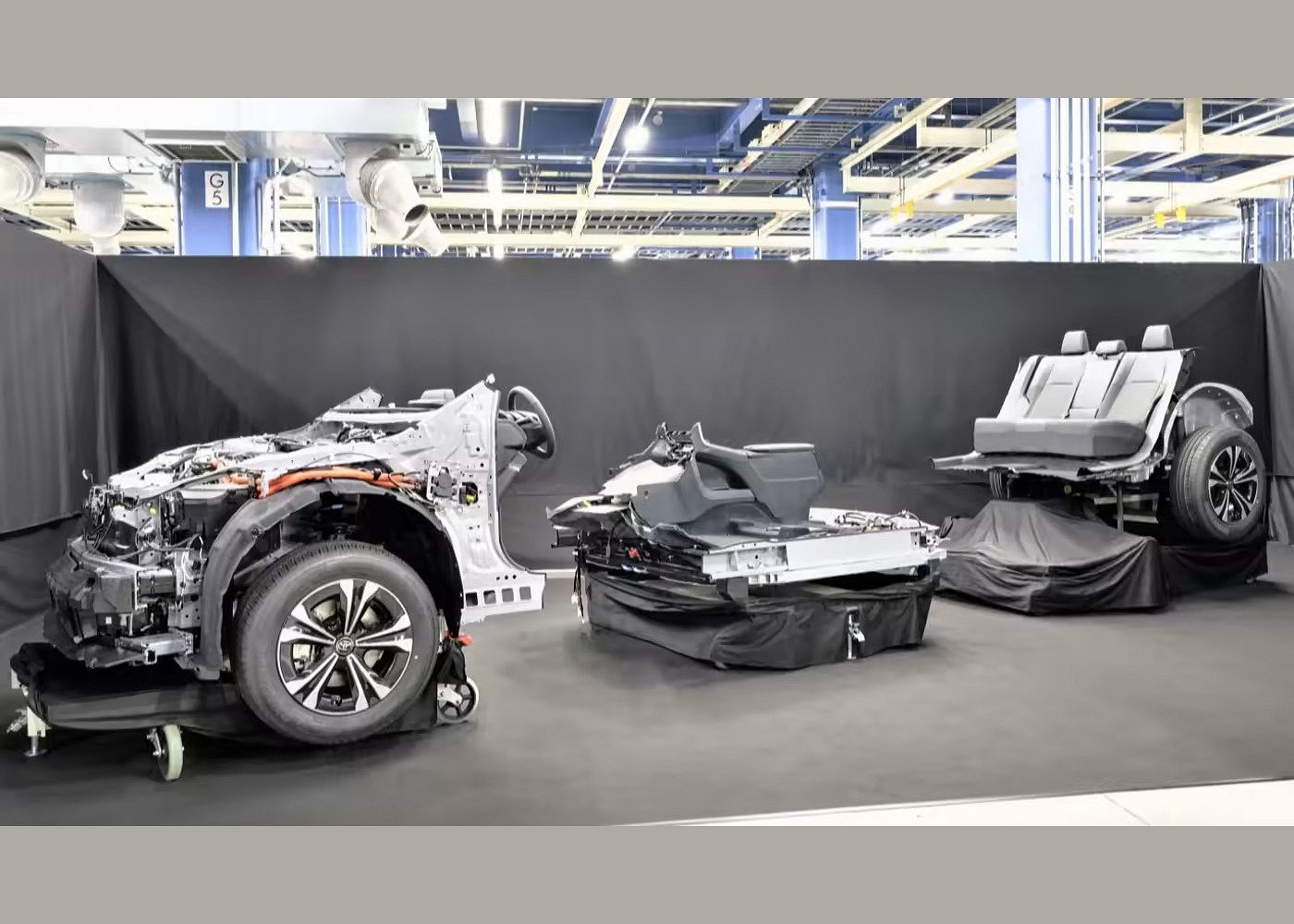
Related
Toyota’s Gigapress Can Make A Third Of A Car In Three Minutes
These Tesla-inspired manufacturing advances create one piece instead of 86 individual parts.

